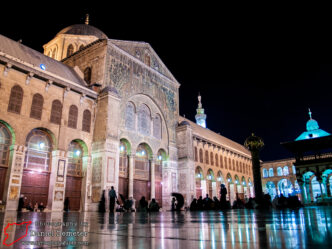
Damascus – Umayyad Mosque دمشق – الجامع الاموي
The most important monument in Damascus (دمشق), and perhaps the entire country, is the magnificent Umayyad Mosque (الجامع الاموي). No single historic …

The most important monument in Damascus (دمشق), and perhaps the entire country, is the magnificent Umayyad Mosque (الجامع الاموي). No single historic …
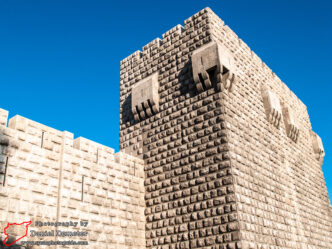
Located in the northwest corner of the old city, the Damascus Citadel (قلعة دمشق) was first fortified under Turkmen warlord Aziz Bin …
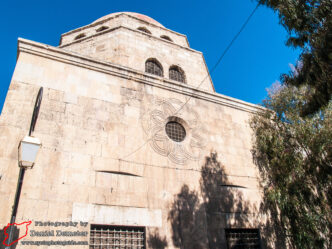
al-Madrasa al-Zahiriyeh (المدرسة الظاهرية) is an impressive Mamluk-era religious school constructed to serve as the mausoleum of al-Zahir Rukn al-Din Baibars al-Bandaqdari …
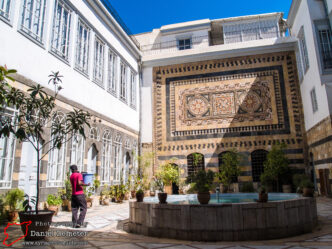
Beit al-Aqad (بيت العقاد) is a beautifully restored Damascene house formerly owned by a wealthy family of textile merchants. It currently houses …
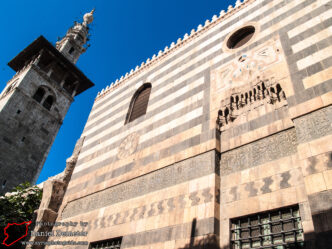
al-Madrasa al-Jaqmaqiyeh (المدرسة الجقمقية) is a beautiful Mamluk-era religious school that now houses the Museum of Arabic Calligraphy (متحف الخط العربي). The …

Seidi Hisham Bin Ammar Mosque (جامع سيدي هشام بن عمار) was constructed in 1426-1427 under the Mamluk chancellor of Damascus (دمشق) at …
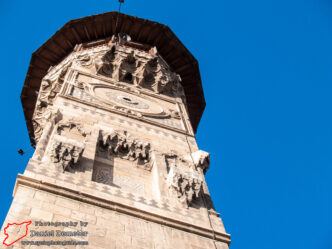
al-Qalai Mosque (جامع القلعي), constructed in 1431, has one of the most impressive minarets in the old city of Damascus (دمشق). This …
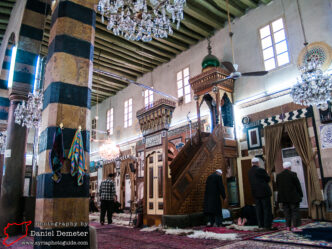
al-Sibaiyeh Mosque (جامع السيبائية) is one of several interesting mosques located just southwest of the old city walls of Damascus (دمشق). The …
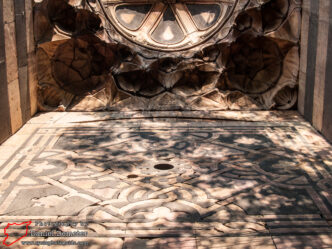
al-Ajami Mosque (جامع العجمي) was constructed in 1348 to commemorate the Persian merchant Afridun al-Ajami. It was intended as both a tomb …
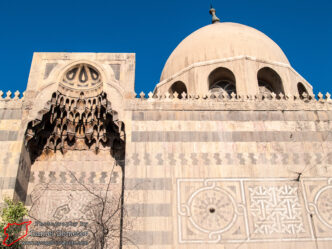
al-Sabuniyeh Mosque (جامع الصابونية), located just southwest of the old city walls of Damascus (دمشق), is one of several attractive mosques in …